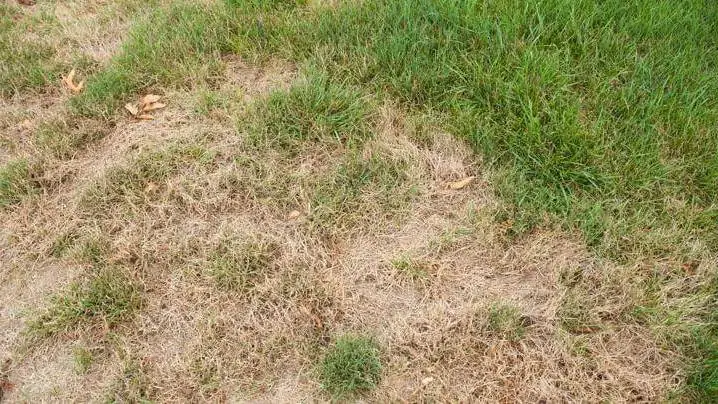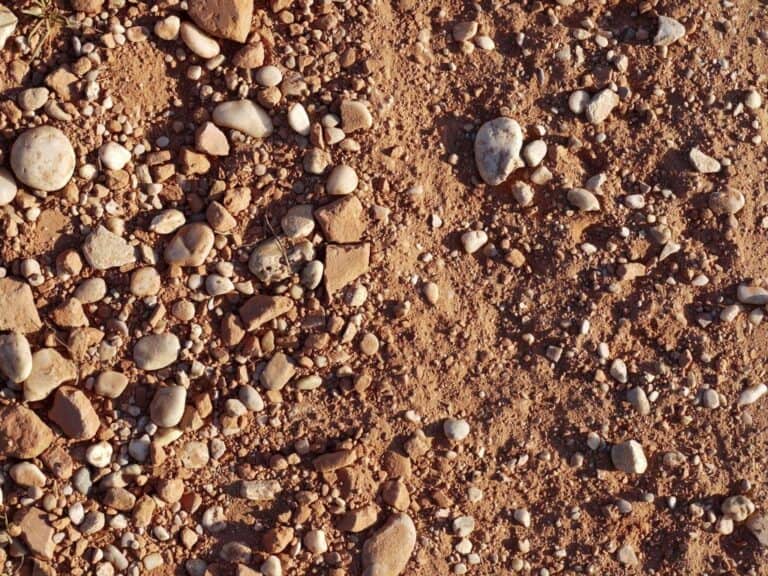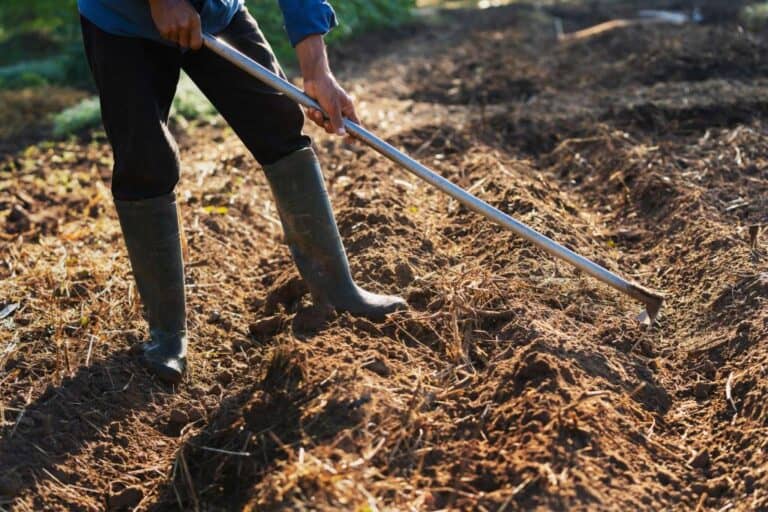How To Use Wood Ash for Grass? Is Wood Ash Good for Your Lawn?

Having a lush and healthy lawn is the dream of every homeowner. But achieving a vibrant green lawn can be a challenge, especially when it comes to finding the right fertilizer.
While there are many commercial fertilizers available on the market, they can be expensive and often contain chemicals that can harm the environment. That’s where ash comes in.
Wood ash is a natural, inexpensive, and eco-friendly fertilizer that can help improve the health of your lawn. But is wood ash actually good for your lawn, and if so, how do you use it?
In this article, we’ll explore the benefits of using ash on your lawn, how to apply it correctly, and precautions to take to avoid damage.
The Benefits of Using Wood Ash on Your Lawn
Wood ash contains several nutrients that are beneficial for your lawn. Some of the most important nutrients include:
- Potassium: Wood ash is essential for plant growth, due to its potassium ingredients. Potassium helps to improve root development, strengthen stems, and increase resistance to diseases and pests.
- Calcium: Calcium is another important nutrient found in wood ash. It helps to improve soil structure and nutrient uptake, which can lead to healthier, more vibrant plants.
- Magnesium: Wood ash also contains magnesium, which is important for chlorophyll production. Chlorophyll is the pigment that gives plants their green color and is essential for photosynthesis.
Understanding the pH Balance of Your Soil and How Ash Can Help
As mentioned earlier, the pH level of your soil plays a crucial role in the health of your lawn. Soil with a pH level of 6.0 to 7.0 is considered neutral to slightly acidic, which is ideal for grass growth. If your soil is too acidic, it can be challenging for grass to absorb nutrients. On the other hand, if your soil is too alkaline, it can cause nutrient deficiencies.
Wood ash can help balance the pH level of your soil by increasing the alkalinity. If you have acidic soil, adding wood ash can help neutralize it and make it more suitable for grass growth. However, it’s essential not to overdo it, as too much ash can make your soil too alkaline.
Other Uses of Ash in Lawn Care and Gardening
Aside from using ash as fertilizer for your lawn, there are other uses for it in lawn care and gardening. Here are some examples:
- Composting: Wood ash can be added to your compost pile to help balance the pH level of the compost. It can also help break down organic matter faster.
- Pest control: Wood ash can be used to repel certain pests, such as slugs and snails. Sprinkling ash around your plants can help deter them from eating your crops.
- Weed control: Wood ash can also be used as a natural weed killer while growing grass. Sprinkling ash on weeds can help dry them out and kill them.
Comparing Ash to Other Fertilizer Options for Your Lawn
While ash is a natural and eco-friendly fertilizer option, there are other types of fertilizers available on the market. Here’s a comparison:
- Chemical fertilizers: Chemical fertilizers are widely available and can produce quick results. However, they can be harmful to the environment and cause nutrient imbalances in your soil.
- Organic fertilizers: Organic fertilizers are made from natural sources such as compost, manure, and bone meal. They are eco-friendly and can improve the health of your soil over time. However, they can be expensive and may take longer to produce results.
- Ash: Ash is a natural and inexpensive fertilizer option that can improve the health of your lawn. It contains essential nutrients and can help balance the pH level of your soil. However, it’s important to use it correctly to avoid damaging your grass.
The Drawbacks of Using Wood Ash on Your Lawn
While there are many benefits to using wood ash on your lawn, there are also some drawbacks that you should be aware of. One of the biggest drawbacks is that wood ash can be very alkaline. If you use too much of it, you can actually make your soil too alkaline, which can lead to nutrient deficiencies and poor plant growth.
Another potential drawback is that wood ash can contain heavy metals. These metals can be harmful to plants and can also be toxic to humans and animals if they are ingested. To avoid these risks, only use wood ash from untreated wood and only apply it in small amounts.
Ash is considered a non-durable, perishable wood. When damp or in contact with the ground, ash wood is prone to rotting. Ash is also susceptible to attack by beetles and fungus, especially the sapwood. According to Advantage Lumber, ash wood attracts common furniture beetles and powder post beetles.
How to Use Wood Ash on Your Lawn
Now that you know the benefits and drawbacks of using wood ash on your lawn, let’s talk about how to use it effectively. Here are some tips to keep in mind:
- Determine the amount of ash you need: The amount of ash you need depends on the size of your lawn and the pH level of your soil. A general rule of thumb is to use no more than 20 pounds of ash per 1,000 square feet of lawn.
- Test your soil pH: Before you apply any wood ash to your lawn, test your soil pH first. You can do this using a soil testing kit or by sending a soil sample to a lab for analysis. This will help you determine if your soil is acidic or alkaline and how much wood ash you should use.
- Use only untreated wood ash: Make sure that the wood ash you’re using is from untreated wood. Wood that has been treated with chemicals can contain harmful toxins that can be harmful to your lawn and your health.
- Apply wood ash in moderation: Too much wood ash can make your soil too alkaline and can cause nutrient deficiencies.
- Spread wood ash evenly: When you apply wood ash to your lawn, make sure to spread it evenly. You can use a rake or a spreader to distribute the wood ash over your lawn.
- Water your lawn after applying wood ash: After you apply wood ash to your lawn, water your lawn thoroughly. This will help to distribute the wood ash evenly and will also help to prevent it from blowing away.
Tips and Precautions When Handling Ash on Your Lawn
While using ash on your lawn can be beneficial, you still need to take precautions to avoid damage. Here are some precautions to take:
- Don’t use it for acid-loving plants. Ash shouldn’t be used for plants that like soil that is highly acidic. The calcium that the ash has added may interfere with the uptake of other nutrients, which can lead to nutrient deficiencies.
- Don’t apply too much ash: As mentioned earlier, applying too much ash can make your soil too alkaline, which can harm your grass. Stick to the recommended amount of 20 pounds per 1,000 square feet of lawn.
- Don’t apply ash to wet grass: Applying ash to wet grass can cause the ash to stick to the blades and damage them. Wait until your grass is dry before applying ash.
- Keep ash away from water sources: Ash can be harmful to aquatic life, so it’s essential to keep it away from water sources such as streams, lakes, and ponds. Make sure to apply ash on dry days to avoid runoff.
- Use gloves and a mask: When handling ash, it’s essential to wear gloves and a mask to protect your skin and lungs.
- Use a spreader: Using a spreader can help you distribute the ash evenly on your lawn. A broadcast spreader or a drop spreader can work well for this purpose.
- Don’t use ash from treated wood: Ash from treated wood can contain harmful chemicals that can harm your lawn and pose a risk to your health. Stick to using ash from untreated wood.
- Avoid using ash from burned paper products: Ash from burned paper products can contain harmful chemicals that can be harmful to your lawn. Stick to using ash from burned wood only.
Conclusion
Using wood ash on your lawn can be a great way to provide your grass with important nutrients like potassium, calcium, and magnesium, as well as raise the pH of your soil. However, it’s important to use wood ash in moderation and to be aware of its potential drawbacks, such as its alkalinity and the presence of heavy metals.
By following the tips outlined in this article, you can use wood ash effectively and safely on your lawn. Remember to always test your soil pH, use only untreated wood ash, apply it in moderation, spread it evenly, and water your lawn thoroughly after applying.






